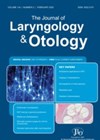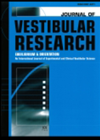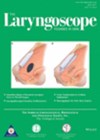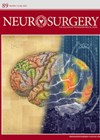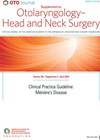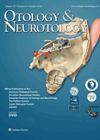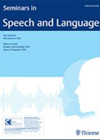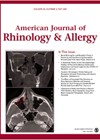
Journal Reviews archive for September 2021
Hyperbaric oxygen therapy a treatment for sudden sensorineural hearing loss
Cochlear ischaemia has been postulated as one of the potential aetiologies for sudden sensorineural hearing loss. Hence, increasing oxygen delivery to the cochlea by hyperbaric oxygen therapy has been explored as a potential treatment to reverse hearing loss. The authors...
Is endoscopic approach more precise in addressing failed ventilation system in chronic mucosal ear disease?
Chronic mucosal disease, as opposed to cholesteatoma, is more directly related to failure of the ventilation system involving three channels. Isthmus anticus and isthmus posticus are channels in front and behind the long process of the incus and there is...
Diagnostic criteria for superior semicircular canal dehiscence syndrome
The latest Bárány Society’s consensus document on diagnostic criteria for vestibular disorders is one for superior semicircular canal dehiscence syndrome (SCDS). There are three major categories: (A) Symptoms consistent with a third mobile labyrinthine window; (B) Physiologic tests – clinical...
The incidence of coagulopathies in children presenting with post-tonsillectomy haemorrhage
Tonsillectomy is often the first haemostatic challenge for a child. Postoperative haemorrhage may therefore represent the first presentation of a child’s underlying bleeding disorder. This study aimed to quantify the rate of occult coagulopathy in patients who had experienced a...
Hydrogen peroxide and its uses in healthcare
This is an interesting review about the origin and uses of hydrogen peroxide, especially in neurosurgery. However, its uses are ubiquitous and applicable to several medical specialties. When hydrogen peroxide was first discovered in 1818 by Louis Thenard, it had...
Treatment of internal carotid artery blowout with embolisation and bypass grafting (nasopharyngeal carcinoma)
Carotid artery blowout syndrome (CBS) occurs when there is rupture of the carotid artery causing massive epistaxis and bleeding through the oral cavity caused by tumour invasion, surgery, radiotherapy, or infection. This article proposes a revascularisation strategy for internal carotid...
Outcomes at three years post-implantation of the Bonebridge device
This is a MED-EL-funded study of the hearing outcomes and complication rates of the Bonebridge active transcutaneous bone conduction implant (BCI). The authors have declared no conflict of interest. Follow-up occurred at intervals for 36 months post-implantation in all 57...
How can we actually be culturally responsive?
Now, more than ever, we need to take action to meet the needs of the students and patients we work with. Black Lives Matter only emphasised how little progress has been made in this area to date. The authors of...
How much does FESS improve the sense of smell?
We are all familiar with patients who undergo a seemingly successful FESS but, in spite of this, have persistent smell dysfunction postoperatively. This study compares a surgical group with a control group, measuring olfactory function pre and postoperatively using Sniffin...
Is there evidence to support early discharge of patients with tonsillitis, quinsy and epistaxis?
The COVID-19 pandemic, with its unprecedented pressures on the NHS, demands changes in the management of common ENT emergencies. In this review article, information has been gleaned from 22 relevant articles on how this can be done. The Portsmouth tonsillitis...
Does Koos classification predict facial nerve dysfunction?
The Koos classification is a grading system used often for preoperative evaluation of acoustic tumours on imaging studies. It indirectly correlates to the size of the tumour. Size of the vestibular schwannoma is often considered the main determinant for hearing...


